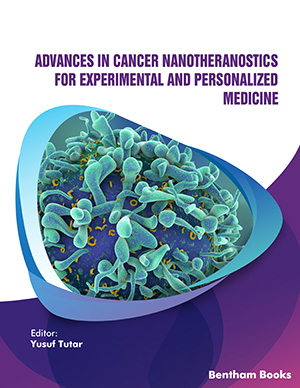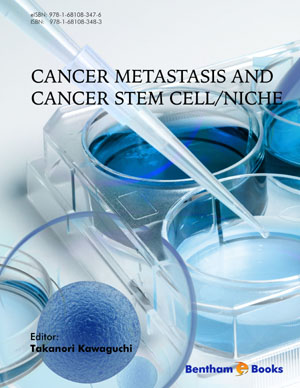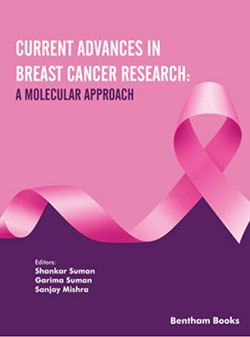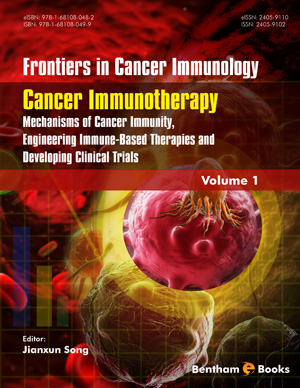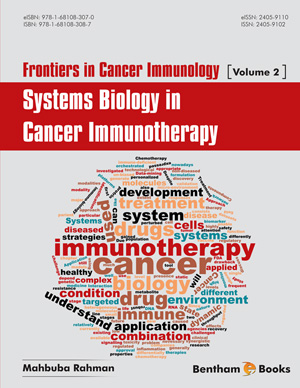Abstract
Cryopreservation is a technique in which cells and tissues can be preserved
at low temperature (-196 °C in liquid nitrogen). The advantage of this procedure is
possibly the structural and functional preservation of gametes, embryos and male and
female tissue, through the use of specific reagents, also known as cryoprotectors. In
addition, cryopreservation is strongly recommended in the case of severe pathologies;
for instance, oncologic patients who undergo chemo or radiotherapy treatments could
be predisposed to infertility. In the past, cryopreservation was obtained using slow-freezing processes, but nowadays, thanks to several studies in this field, other
approaches are taken into account, such as vitrification. Vitrification is used for
gametes, avoiding several technical problems, but it’s not used for embryos and
ovarian tissues, yet. As for the concerns regarding ovarian tissue, there is already
evidence of successful implementation after thawing previous frozen ovarian tissue.
However, this technique needs to be more deeply investigated to understand whether
vitrification or slow freezing is the best approach. The advantage of freezing ovarian
tissue in an oncologic patient, for example, is that no ovarian hyperstimulation is
required before the tissue is harvested. Differently, for male oncologic patients, it’s
enough to obtain the seminal liquid, except for pediatric patients in whom the
cryopreservation of testicular tissue is recommended.
Keywords: Cryopotector, Embryos, Fertility, Oocytes, Ovarian tissue, PMA preservation, Spermatozoa, Tumor, Vitrification.










